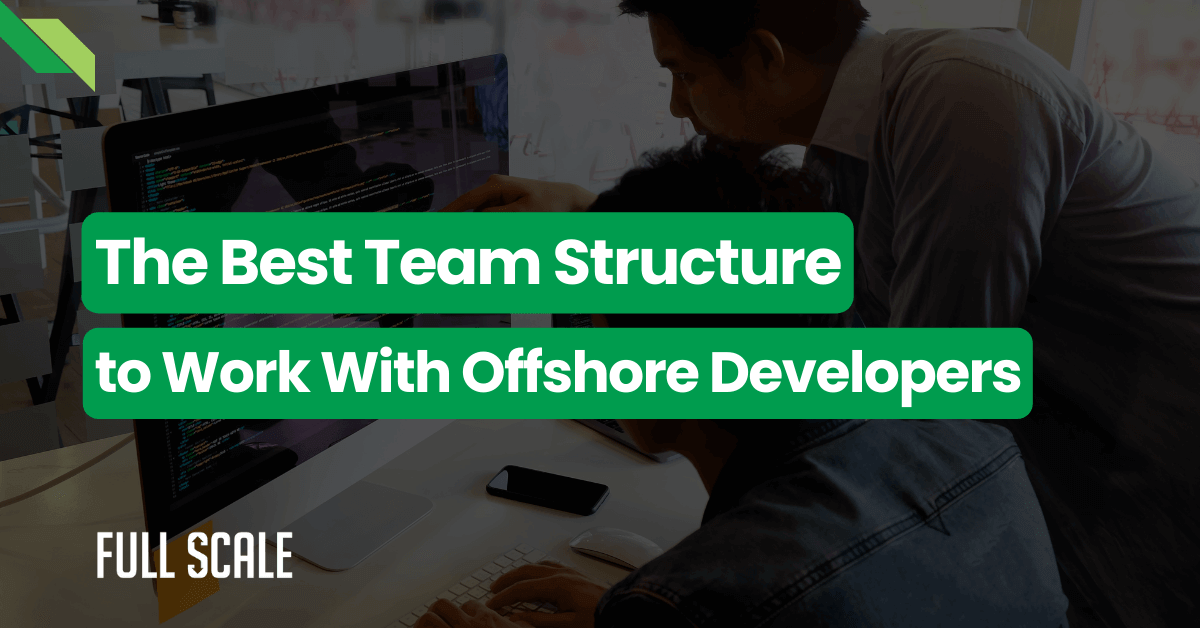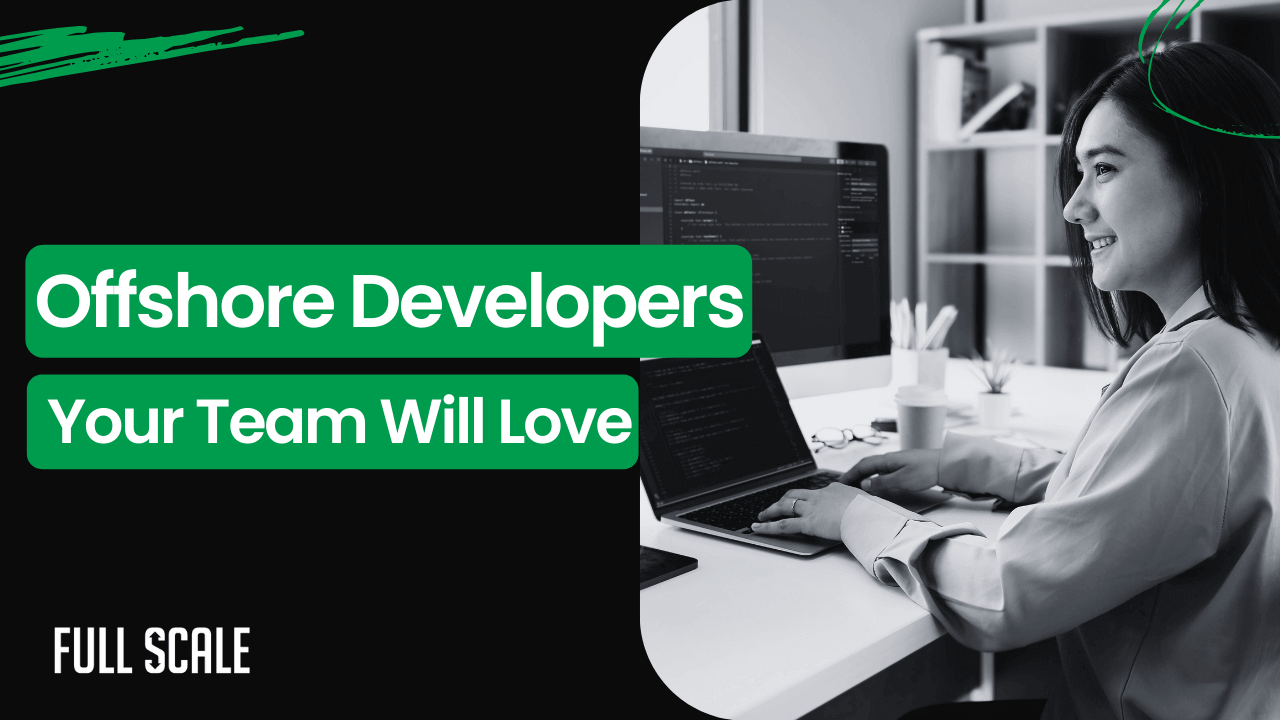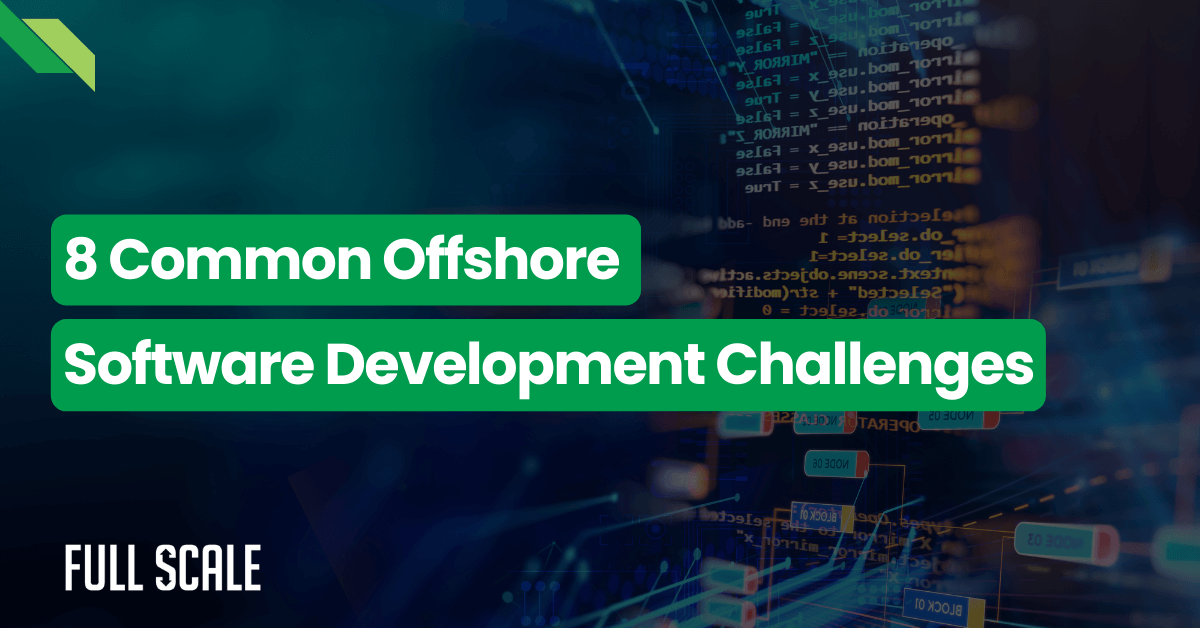In public, CTOs talk about cloud architecture and agile sprints. In private? We talk about crying in parking lots before board meetings.
Last month, I sat with 12 CTOs from companies you’ve heard of. We made a pact: no LinkedIn platitudes, just brutal honesty about the CTO challenges in 2025 thrown at us. When I was building Stackify back in 2012, I thought these struggles were unique to me. They’re not.
What You'll Learn
- The 7 things CTOs admit in private when HR isn't listening
- Why these CTO challenges in 2025 creates are systemic failures
- What successful CTOs did differently to solve hiring problems
- How to stop fighting broken systems and build teams that scale
What do CTOs worry about most?
CTOs worry most about hiring velocity, budget constraints, and team retention. In private, technical executives admit to seven core challenges: inability to hire fast enough (90+ day cycles), competing against inflated salaries, balancing technical debt against features, managing distributed team communication, impostor syndrome at scale, losing key developers, and chronic resource scarcity forcing CTOs into IC work.
The difference? Struggling CTOs hide these problems. Successful ones address the broken systems causing them.
This is for you if: You’re a CTO or VP of Engineering at a 50-500 person tech company. You’ve got 10-50 engineers competing against FAANG for talent. Your board expects Netflix engineering on Series B funding.
Why Q4 Intensifies These CTO Pain Points
Q4 is when boards scrutinize every engineering dollar. Holiday hiring freezes mean February scrambles. Year-end reviews trigger retention anxiety. Sales makes promises your team can’t keep.
I’ve been in those board meetings at VinSolutions from 2007 to 2011. The pressure never stops.
The Roundtable: What We Actually Said
Twelve CTOs walked in. FinTech, HealthTech, and E-commerce companies with 50-500 employees. One rule: brutal honesty only.
What came out surprised even me. And I’ve been navigating these technology executive challenges for two decades.
The 7 Private Truths: What CTOs Say Behind Closed Doors
After placing 500+ developers across 60+ companies, I’ve identified a pattern. These aren’t complaints—they’re symptoms of broken systems.
1. “We Posted This Role 4 Months Ago. Still Nothing.”
In public: “Our hiring pipeline is strong!”
In private: “This job posting has been up since summer.”
The req sits mocking you. 120 days and counting. HR sends resumes that aren’t close—”10 years Python” means they took a Udemy course last year.
According to Stack Overflow’s 2024 Developer Survey, 87% of tech companies report difficulty hiring senior developers. The real CTO hiring struggle? Everyone’s fishing in the same empty pond, expecting different results.

While you wait 112 days, your competitors are cutting hiring to 14 days.
2. “The Board Wants Netflix Engineering With a Startup Budget”
In public: “We offer competitive compensation!”
In private: “We’re competing with monopoly money against Google’s real cash.”
Senior developers in SF cost $220K base. Your budget says $160K. The math doesn’t work. Expecting Netflix engineering on a startup budget is like asking a chef to make Wagyu with McDonald’s prices.
What technical leaders face: You need 5 senior devs. You can afford 2 juniors and prayer. These VP engineering problems compound when investors expect unicorn output without unicorn funding.
3. “Our Codebase Is Held Together With Duct Tape”
In public: “Our architecture is robust!”
In private: “One npm update and we’re ordering pizzas for the all-nighter.”
Product wants 10 new features. Your tech debt is one dependency update from catastrophic failure. Your codebase is like a Jenga tower—every sprint you ignore debt, you pull another block.
The engineering leadership concern nobody discusses: Short-term thinking prioritizes shipping over sustainability. At VinSolutions, I inherited a codebase that made me question my career choices. Eventually, the whole thing collapses.
4. “I Spend More Time in Slack Than Managing”
In public: “Our remote culture is thriving!”
In private: “I miss walking over to someone’s desk.”
Timezone confusion. Messages that should be meetings. Meetings that should be messages. What CTOs won’t admit: Remote work is great until it isn’t.
Managing offshore teams without direct integration is like playing telephone with a 12-hour delay. The message gets lost.
Communication Overhead Calculator
See how much time your team loses to communication gaps. Based on Full Scale's analysis across 60+ distributed teams since 2020.
Your Communication Cost:
Hours Lost Weekly
0
Annual Cost
$0
With proper structure, teams reclaim 40-65% of this time.
Build Your High-Performance TeamThe right structure cuts overhead by 40-65%. One client’s offshore team now responds faster than their SF contractors ever did.
5. “I Have No Idea If I’m Making the Right Architecture Decisions”
In public: “We’ve chosen the optimal tech stack!”
In private: “What if I just burned $1.5M on the wrong choice?”
Everyone thinks you know what you’re doing. You’re figuring it out. Being a CTO is like being a tightrope walker—everyone’s watching, nobody knows you’re terrified, and the rope is on fire.
I’ve made those mistakes. The $1.5M replatforming at VinSolutions should’ve cost $400K. According to Gartner’s 2024 CTO Survey, 73% of technical leaders report decision anxiety. Every CTO feels this.
6. “My Best Developer Just Updated Their LinkedIn. I’m Screwed.”
In public: “Our retention is industry-leading!”
In private: “Half my team is probably interviewing.”
That notification hits like a punch to the gut. Your 10x engineer just added “Open to opportunities.” Six months of onboarding vaporize if they walk.
Gartner reports 68% of technical leaders cite retention as their top concern. These CTO challenges in 2025 are accelerating. You built a cult of personality instead of a system.
7. “We’re Always 3 Developers Short of Where We Need to Be”
In public: “We’re scaling strategically!”
In private: “I’m writing code myself because hiring failed.”
Projects take 60 days. Hiring takes 90+ days. You’re perpetually behind. When your CTO is doing IC work, your company isn’t scaling—it’s surviving.
Hiring locally in 2025 is like fishing in a koi pond. You can see the fish. They’re just not biting. And you can’t afford them anyway.
| Hiring Method | Time to Hire | Success Rate | Annual Cost/Dev |
|---|---|---|---|
| Traditional Local Hiring | 90-120 days | 35% | $180K-$240K |
| Recruitment Agencies | 60-90 days | 45% | $200K+ (fees) |
| Project Outsourcing | 30-45 days | 25% | Varies widely |
| Direct Integration Staff Augmentation | 7-14 days | 85% | $48K-$120K |
Different approach, completely different results for scaling engineering team challenges. Compare costs in detail.

Why These CTO Challenges in 2025 Aren't Your Fault
Stop blaming yourself. The system is broken, not you. We keep following the same playbook, expecting different results—that’s insanity.
The broken industry norms:
- “Just hire locally” → Talent pool exhausted, 112-day cycles
- “Offer competitive salaries” → Can’t compete with FAANG cash
- “Work harder” → Fast track to CTO burnout
- “Try project outsourcing” → Middlemen friction
- “Lower standards” → Technical debt explosion
At Stackify (2012-2018), I watched CTOs destroy themselves. After placing 500+ developers across 60+ companies, the problem isn’t you—it’s the hiring model.

How Successful CTOs Are Solving CTO Challenges in 2025
The CTOs who win aren’t the ones with bigger budgets. They stopped playing by broken rules.
What actually works:
They changed WHERE they hire → Global talent pools. The Philippines has 650K+ developers with 97% English proficiency.
They changed HOW they structure teams → Direct integration, not project contractors with middlemen.
They changed WHAT they optimize for → Retention over recruitment. Our data shows 95% retention over 18+ months (verified audit, October 2024).
Real example: One SaaS CTO came to us after 127 days with zero hires. We integrated his first developer in 11 days. By month 3: 6 developers. 22 months later: zero turnover. He solved hiring (#1), retention (#6), and resource scarcity (#7) simultaneously. See how.
Why Staff Augmentation Solves What Traditional Hiring Can't
Traditional local hiring: You own everything—recruitment, payroll, benefits, risk. You’re building infrastructure before building the team.
Project outsourcing: The Agency owns developers. You get middleman friction, contractors who jump gigs. No loyalty.
Direct integration staff augmentation: You own management. We own recruitment, retention, and payroll. Developers work exclusively for you—attending standups in your Slack, as team extensions.
Unlike platforms (Toptal, Turing): Their devs juggle multiple clients. Ours: one client, full focus.
Unlike agencies: No PMs translating requirements. You manage directly.
Unlike contractors: We provide benefits, career development, and retention infrastructure.
Works best when you:
- Have clear roadmaps
- Can provide async communication
- Need long-term members (6+ months)
- Want direct control
Not right if you:
- Need on-site daily presence
- Have a highly ambiguous scope
- Want 1-2 week contracts
Which Challenges Are You Facing?
Assessment based on 60+ company patterns.
You're Not Alone
If you recognized yourself in 5+ points, you’re normal. These are industry-wide systemic issues affecting technical leadership across FinTech, HealthTech, and E-commerce.
Most CTOs suffer in silence, facing CTO burnout. The best ones find better systems. The roundtable exists because we ALL face this. CTOs with $50M funding, VPs at 200-person companies—same VP engineering problems, different names.
I’ve been the CTO crying in parking lots at VinSolutions. You’re in good company. The choice isn’t working harder—it’s building a different system.
Partner With Full Scale
After placing 500+ developers across 60+ companies, we identified what solves scaling engineering teams’ challenges. Structured solutions, not magic bullets.
Our Direct Integration Model:
- 14-day average hiring (verified last 50 placements, Nov 2024) vs. 90-120 day cycles
- Direct integration, zero middlemen – Your devs, our payroll/retention
- 95% retention over 18+ months (verified audit, Oct 2024) – Team members, not contractors
- $4K-$10K monthly per developer – Transparent pricing. Same talent costs $180K-$240K annually in the US
- U.S. contracts for IP protection – Your IP, your control
- Full Slack/standup integration – Work your hours, attend meetings
- Month-to-month flexibility – Scale up/down, no lock-in
- Philippines’ senior developers – 650K+ developers, 97% English proficiency
We fixed offshore by eliminating what makes it fail. Over 60 tech companies use our Staff Augmentation Services because it solves CTO pain points. Client surveys (n=47, Q4 2024): 89% report communication equal to or better than local hires.
Stop Fighting Broken Systems
See how Full Scale helps CTOs solve these 7 challenges in 30-90 days.
If you’re facing 3+ challenges, you’re experiencing normal pressure for 50-500-person companies. If hiring times increase, retention declines, or you’re doing more IC work each quarter, you need systemic changes. Our data shows 73% of CTOs faced 5+ issues before switching.
Project outsourcing uses middlemen and short-term contractors. Staff augmentation gives dedicated developers who integrate directly—attending standups, in your Slack, as team extensions. You maintain control, they execute, no middlemen. See pricing.
Most CTOs see relief within 14 days when developers start. Full integration takes 30-45 days. Communication overhead drops 40-60% first quarter. Hiring velocity improves immediately versus 90-120 day local cycles.
Traditional offshore models create problems from middlemen and project-based relationships. Direct integration eliminates that friction. Developers work your hours, join your Slack, attend standups, and integrate into workflows. Client surveys (Q4 2024, n=47): 89% report communication equal to or better than local hires.
Traditional outsourcing failures come from factory models with contractors and middlemen. Direct integration is a different architecture—no middlemen, no contractors, dedicated developers incentivized for retention. Our 95% retention over 18+ months (verified audit, Oct 2024) proves it works.

Matt Watson is a serial tech entrepreneur who has started four companies and had a nine-figure exit. He was the founder and CTO of VinSolutions, the #1 CRM software used in today’s automotive industry. He has over twenty years of experience working as a tech CTO and building cutting-edge SaaS solutions.
As the CEO of Full Scale, he has helped over 100 tech companies build their software services and development teams. Full Scale specializes in helping tech companies grow by augmenting their in-house teams with software development talent from the Philippines.
Matt hosts Startup Hustle, a top podcast about entrepreneurship with over 6 million downloads. He has a wealth of knowledge about startups and business from his personal experience and from interviewing hundreds of other entrepreneurs.




